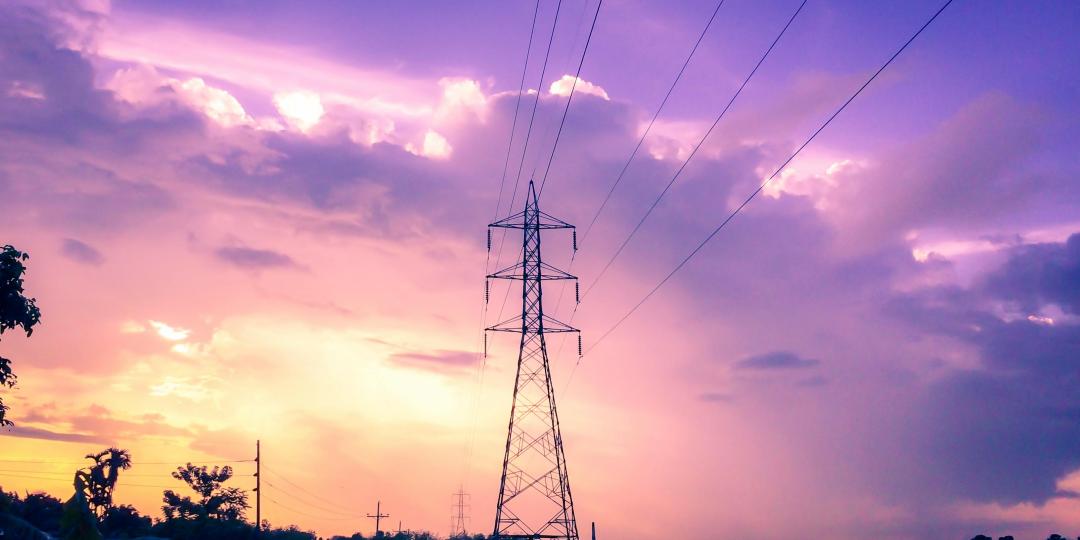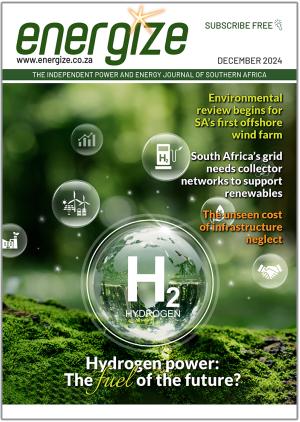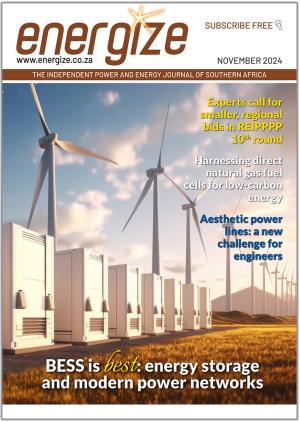Extensive expansion of the transmission network and grid capacity is required to enable new power generation sources to connect to the grid. This includes increasing transformer capacity, building more substations and constructing 14 000 km of new transmission lines over the next 10 years.
This was the message from Segomoco Scheppers, Eskom Group Executive for Transmission, who provided an overview of the transmission situation in South Africa to delegates at Enlit Africa 2024 in Cape Town this week.
The grid expansion is part of more than 300 projects outlined in the Transmission Development Plan.
Given supply-demand pressure, 47 of these 300 projects are being prioritised, said Scheppers, which would enable sufficient grid capacity to connect 37 GW of new generation.
He added that 25 of the 47 projects were about strengthening existing substations by bringing in new transformers. “That will allow us to connect 13 000 MW of new generation capacity.”
He pointed out that there was a significant drive to develop these projects, obtain approvals and move into execution. “In terms of procurement, execution and construction, 11 projects were implemented in the past financial year compared with zero projects in the 2023 financial year.”
Scheppers added that 14 engineering firms had been appointed to assist with project preparation and to supplement skills within the transmission department.
He said access to supplies and commodities was also essential. “Access to the type of transformers we need for transmission is critical. We have the approvals to put that framework agreement in place and, of the seven or so major suppliers, two have already signed contracts with us and we expect the balance to conclude this year.”
He said this meant access to these transformers would be readily available moving forward, which would help to speed up implementation.
Scheppers said an engineering, procurement and construction (EPC) model was adopted for the construction of transmission lines, which is different from historical practice. “The procurement of the EPC panel is at an advanced stage and is expected to be concluded by June this year.”
He added that his department was working with the departments of Public Enterprises and Public Works and Infrastructure to secure servitudes and the right to construct on and traverse private property or government-owned land, which had been a significant challenge for a long time.
Regarding the financing and funding of transmission infrastructure, Scheppers said the Eskom debt solution supported by government had enabled access to the necessary capital to invest in the required infrastructure. “But, as we move to a separate company, the National Transmission Company of South Africa (NTCSA), which will take this mandate forward, we will need to work with the regulator to ensure we can secure the revenue streams that underpin all the investments that need to be made.”
The NTCSA, a wholly owned subsidiary of Eskom, will operate from June 1 2024.
Scheppers added that, while there were significant challenges in rolling out infrastructure, it was clear that the system needed to always operate reliably. “We need to ensure that we continue with the maintenance of existing assets and that we refurbish and modernise them.”















